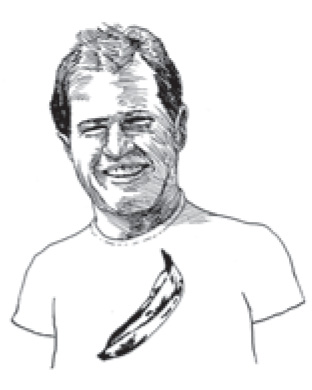Arnold Leo moved to East Hampton and became a commercial fisherman about forty years ago, having burned out from his intense life as an editor at Grove Press in the late 1960s. He was introduced to publishing as a college intern at Popular Gardening magazine. He was the only male in an editorial office full of young women, and his internship involved many martini dinners and the loss of his virginity. This turned out to be good training. At Grove, Leo would copyedit the works of the Marquis de Sade and Samuel Beckett, as well as anonymous Victorian porn lit. He was also the editor of Andy Warhol’s notoriously unedited a: a novel. But once Grove Press went nearly bankrupt, and the big corporations that sell frozen dinners started to buy up American trade publishers, Leo left the industry.
—Lucy Mulroney
THE BELIEVER: How did things begin with Andy Warhol and Grove?
ARNOLD LEO: Well, I was working on a variety of projects, and one day I just happened to notice in the general editorial files that there was a file for Andy Warhol. I took a look, and it was a file that had been created after the owner of Grove Press, Barney Rosset, had agreed to publish a novel by Andy Warhol. It was known that almost anything Andy produced was an immediate commercial success, whether it was his artwork or the movies. So I see this file and I think, Why is nobody doing anything about this? My immediate boss was Richard Seaver—he was an extremely intelligent and gifted literary person—so I said to Dick, “Look, if nobody wants to do anything about this Warhol novel, could I maybe get it moving?” Dick said, “Yeah, go ahead.” Of course, when the socalled manuscript came in, it was this incredibly badly typed jumble of transcripts from tape recordings. The girl who was typing everything at the Factory was named Pat…
BLVR: Pat Hackett.
AL: Yeah. Every time I went to the Factory, here was funny little Pat Hackett typing away in a little cubicle. I mean, she was like this slave they had, doing nothing but typing religiously, day in and day out. She was still an undergraduate at Barnard at the time, and she would come to the Factory after school a few days a week. But the girls who transcribed most of the novel were Cathy Naso and Iris Weinstein and this girl Brooky, whose last name we don’t know. They wandered into the Factory one day looking for Gerard Malanga, and they were wrangled into transcribing Andy’s novel. Maureen Tucker and Susan Pile helped, too. Anyway, so I take a look at this manuscript...
You have reached your article limit
Sign up for a digital subscription and continue reading all new issues, plus our entire archives, for just $1.50/month.
Already a subscriber? Sign in





